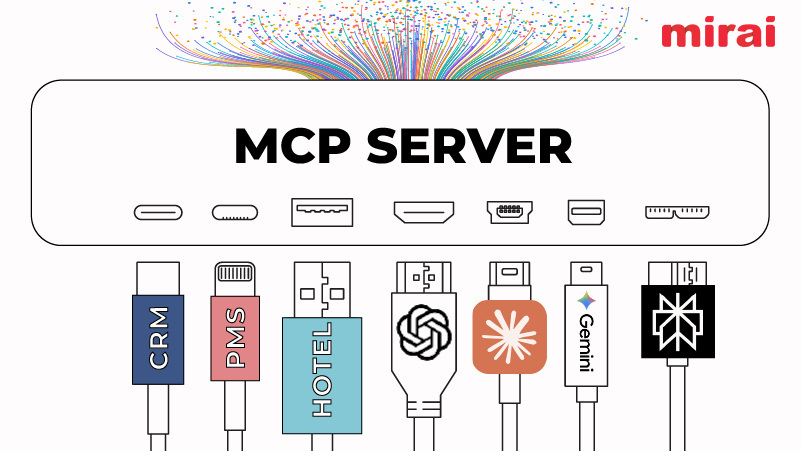
Sean Seah, Senior Vice President of Strategy, Technology and Innovation at Langham Hospitality Group, has spent his career learning to fall in love with the solution, not the problem.
NB: This is an article from Shiji Group
Subscribe to our weekly newsletter and stay up to date
Reflecting on the process of designing a frictionless check-in experience for implementation across Langham’s (rapidly expanding) portfolio of more than 30 hotels across four continents, Seah explains: “You can’t go around with a solution like artificial intelligence (AI) just looking for things to plug it into.”
AI is absolutely the solution to some problems. And, in other circumstances, it’s absolutely not. “If I’m trying to refine the check-in experience, sure, I could try to use AI or augmented reality, or some other technology, but if it makes more sense to reorganise the lobby space with better sight lines and smoother foot traffic, why would I get hung up on implementing some shiny new tool?” Seah argues. “I don’t back a technology, I back a problem, because solving problems solves business issues. You have to fall in love with the problem and then pick the right solution, not the other way around.”
This propensity to place the end results before whichever solution happens to be in vogue doesn’t make him a Luddite or technologically conservative; Seah has spent almost thirty years at the forefront of the digital transformation process in an array of industries. Over the course of his career, he explains, he’s learned to be discerning and to suit the solution to the problem. Interface spoke with him to find out more about picking the right technology to solve business problems, how he tests, develops, and scales his solutions, and how he’s helping drive the next era of growth and transformation for Langham Hospitality Group.
Start small, scale fast, and don’t forget the people
Picking the right technology for the moment and the problem at hand – differentiating between the signal and the noise that often accompanies excitement and hype – is a skill Seah has refined over the course of his career. “When you’re deciding whether to pick a technology, you have to test and learn,” he says. “You’ve got to pilot something small – ideate it, then you can incubate it, and if it works, you figure out how to industrialise it.”
Now, back at Langham again after more than a decade, Seah is applying this approach to support the organisation’s goal to not only expand its footprint in multiple markets but to do so while leading in innovation. However, he adds that one of the most important lessons he learned early on in his career was that digital transformation is much more reliant on people than the technology.
“When you start out, you think it’s all about technology, you think it’s about new business models, you think it’s about all these new things, but it’s really about people,” he says. “It’s about how they view change and how that change impacts them.” He reflects that 15 years ago when he first started at Langham, less than 5% of all travel booking was done online: 95% of sales went through travel agents and other offline avenues involving sales in the much more traditional sense. “I’ve come back 15 years later, and it’s flipped,” he says. Now, it’s 80-to-90% digital.” While this might sound like an example of the ways in which people are less crucial thanks to digital transformation”.
Seah stresses that “the most important part of a massive transformation like this is figuring out how you sell people on this new reality. How do you bring them along for this journey? And that’s been the hardest thing, changing people’s mindset, followed by getting them to accept the subsequent changes to the way they do their jobs.”
Compared to change management, Seah explains that technology is the easy part. “You just plug that in and make it work,” he says. “The hardest part of a digital transformation is getting people to change processes and use new platforms.” However, with an approach rooted in empathy and understanding, he argues that it’s easier than some think to build the kinds of relationships that support digital transformation rather than undermine it.




